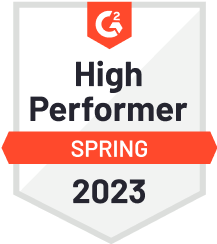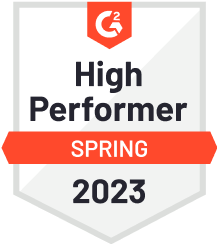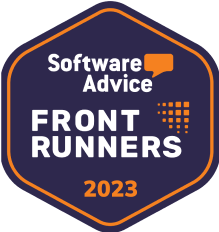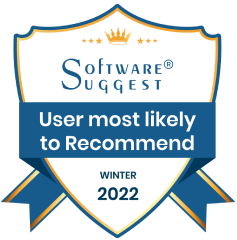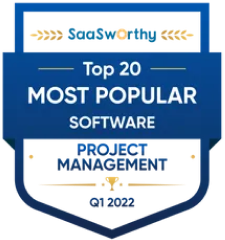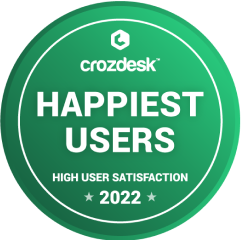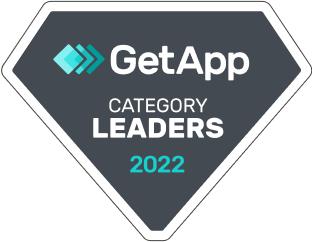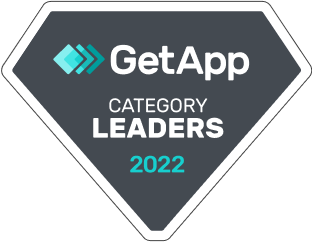Trusted by businesses and teams around the globe







No per user fee. No credit card required. Cancel anytime.
Trusted by businesses and teams around the globe








With ProofHub by their side, universities and schools can easily manage everyday work such as assembling student data, keeping a log of official work, managing departmental workflows, working across multiple channels, communicating with staff and students, and devising accurate schedules.

ProofHub allows university and college teams to store all their important data about students, curriculum, staff, and more in a central space. It allows users to store files in any format whatsoever and its powerful integrations with major file-sharing applications allow online submissions and exchanging documents.

Communicating with students and teachers as well as cross-departmental collaboration is easy thanks to efficient project management for universities and schools. From group and personal chats to creating discussion topics and leaving comments, ProofHub makes communication effortless irrespective of geographical location.

ProofHub allows teams to single out features as per their requirements and demands. From communication to file transfer and more, ProofHub offers it all.
Teams can create discussion topics to discuss important strategies, give updates about events, and engage in constructive discourse thereby eliminating the hassle of long email-threads.


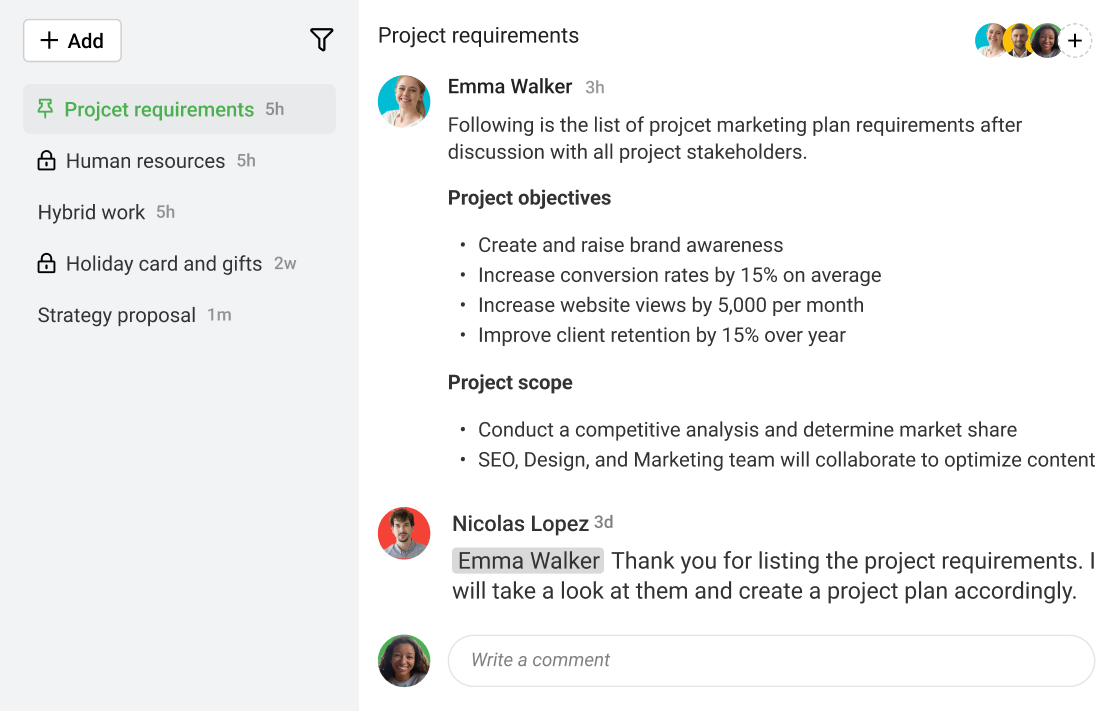
Educational institutes can effectively communicate with colleagues and teams thanks to ProofHub’s robust personalized and group chat options.



Users can plan, execute, and deliver key data in an organized manner through ProofHub’s table view. Task management is further simplified through ProofHub’s custom Kanban boards which help divide tasks into workflow stages.
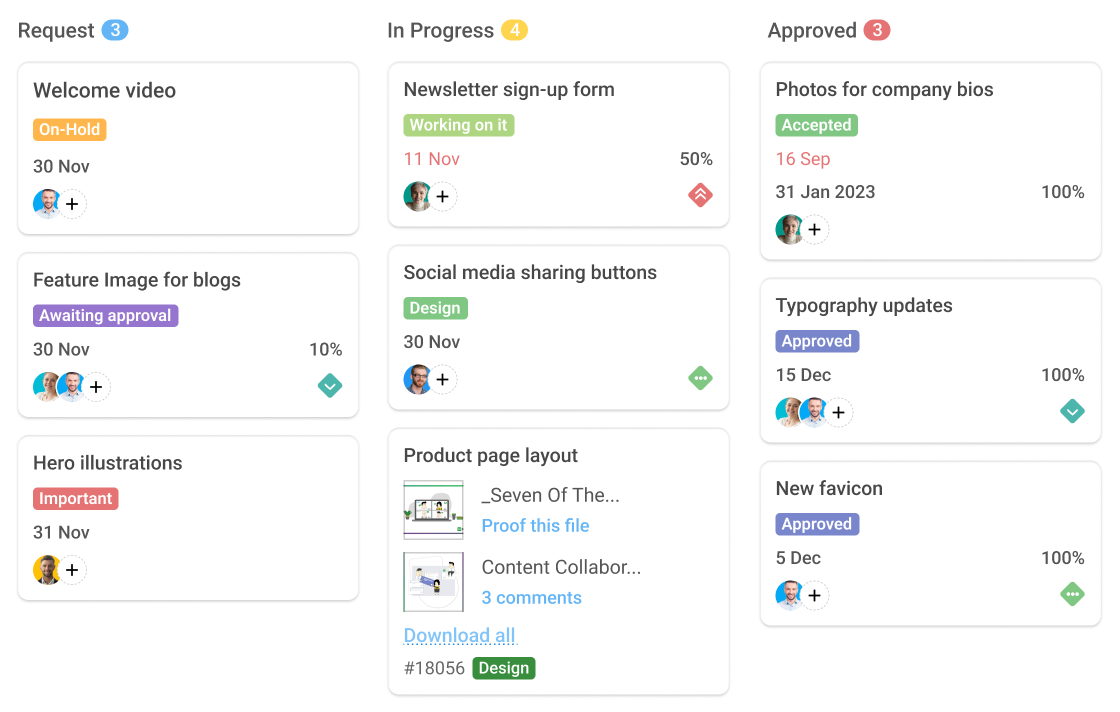


ProofHub allows users to keep all files and documents stored in a central location making them super easy to access and secure. Importing files from third-party applications like DropBox, Google Drive, OneDrive, FreshBooks, etc is also possible with ProofHub.
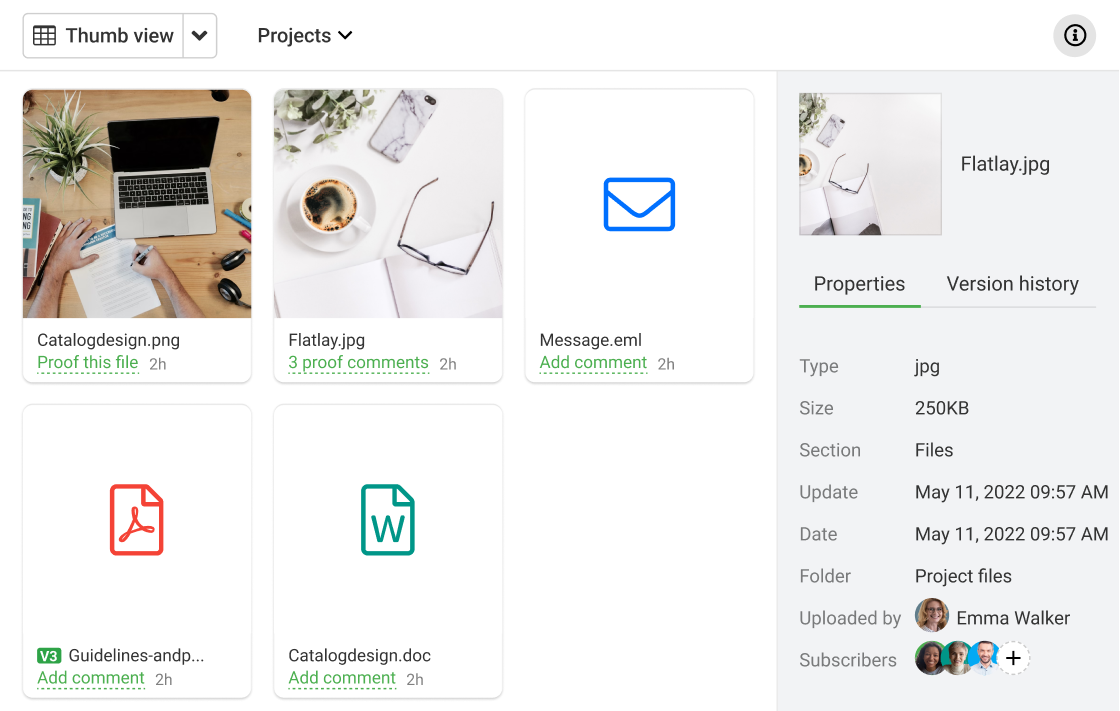


ProofHub allows managers to define custom roles and give selective access as per roles in the organizational workflow of the organization. This way managers can control who has access to what information and so on.



